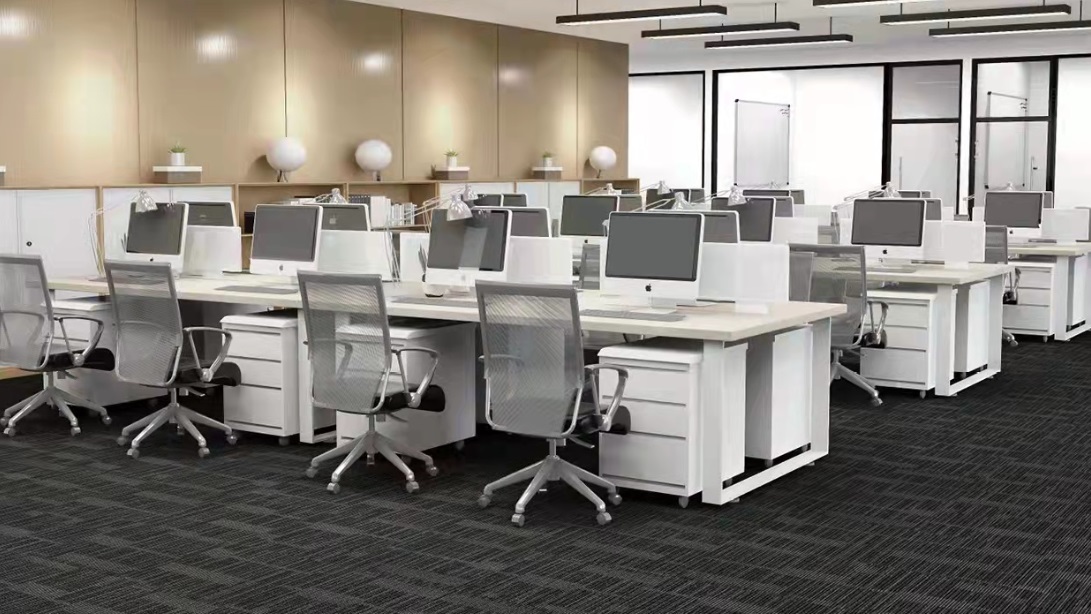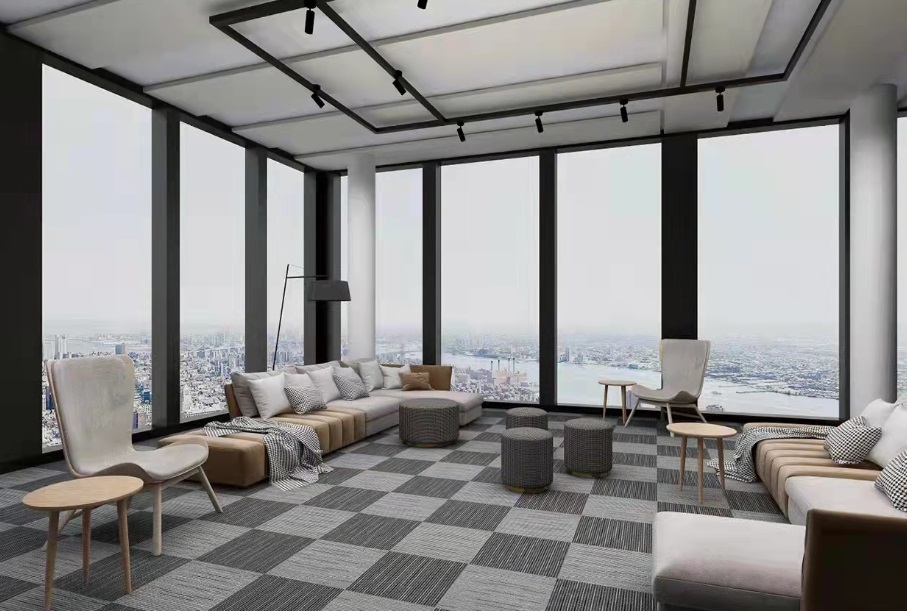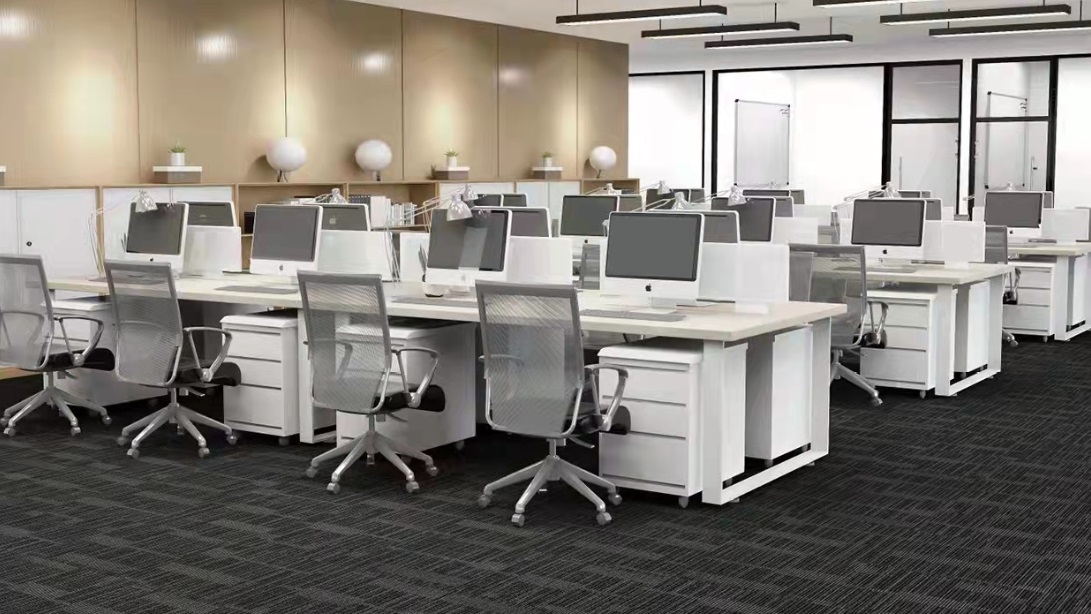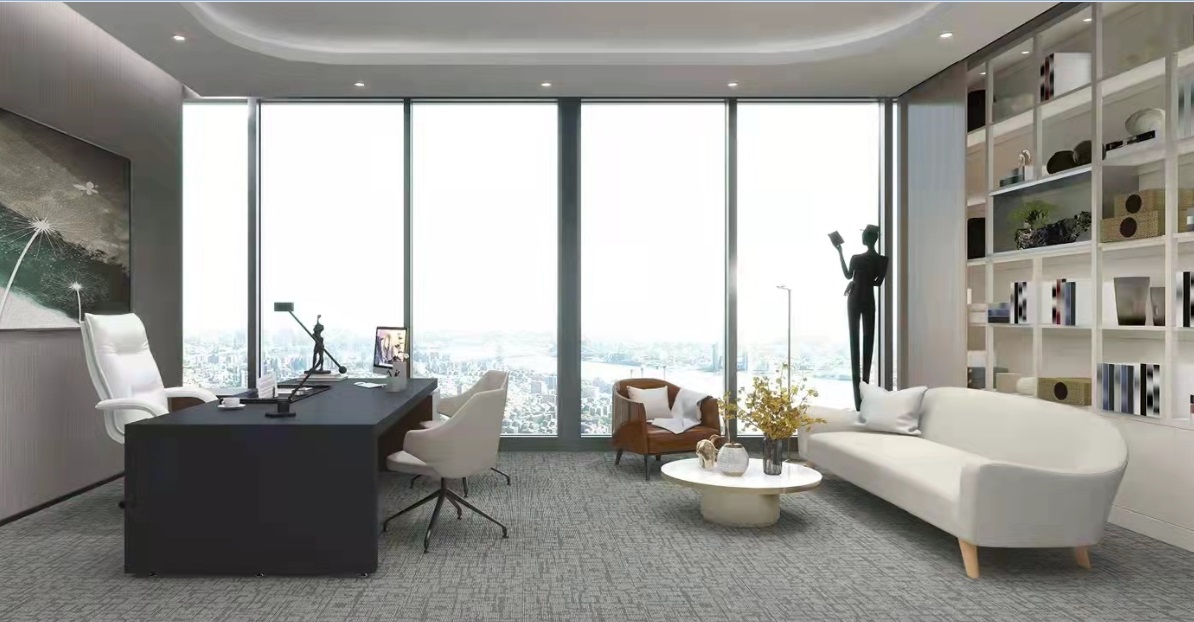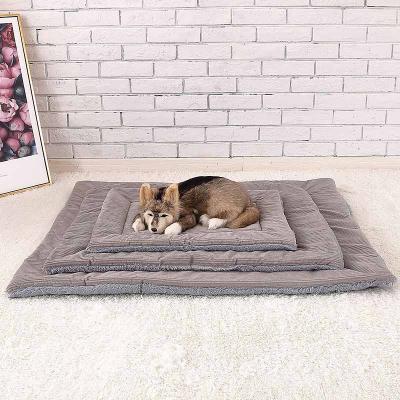Office Carpet
Office Carpet is a floor covering made of cotton, linen, wool, silk, straw yarn and other natural fibers or chemical synthetic fibers by hand or mechanical process for knitting, flocking or weaving. It is one of the arts and crafts categories with a long history and tradition in the world. Covering the ground of residence, hotel, conference room, entertainment place, gymnasium, exhibition hall, vehicles, ships, aircraft, etc., it has the effect of reducing noise, heat insulation and decoration to improve the sense of feet, prevent slipping and prevent air pollution. The internal use areas of the residence include kitchen, bedroom, bedside, coffee table, sofa, toilet and living room.
Price
CN¥5.00
Product Details
Carpet is a floor covering made of cotton, wool, silk, hemp, coconut palm or chemical fiber. Including hand tufted carpet, machine-made carpet and hand felt carpet. Broadly speaking, it also includes bedding, seat cushion, wall hanging, curtain, saddle mattress, door curtain, table blanket, etc. In the Neolithic Age, people used animal hair to twist and spin it into thread and weave it into thick woolen fabrics to pave the ground. The carpet fragments unearthed from the tombs of the Eastern Han Dynasty in China are typical hand tufted carpets. In the Ming and Qing Dynasties, on the basis of inheriting the traditional carpet technology, combined with the characteristics of brocade and embroidery art, a unique carpet pattern with auspicious meanings was created and has been circulating. In the 20th century, Beijing and Tianjin established enterprises to produce export carpets, becoming key carpet production areas in China. The traditional production areas of hand tufted carpets in the world are concentrated in East Asia, Central Asia and countries at the junction of Europe and Asia. Since 1720, when the British first created the Brussels carpet loom, the machine-made carpet came into being. Up to now, machine-made carpet has accounted for 99% of the world's total consumption, while hand-made carpet only accounts for 1%. There are many ways to classify carpets, including hand tufted carpets, hand woven plain carpets, hand tufted carpets, hand felt carpets and machine-made carpets; It can be divided into carpet, kang blanket, wall blanket, prayer blanket, etc; According to the raw materials, it can be divided into wool carpet, silk carpet, jute carpet, chemical fiber carpet, etc.Office Carpet,Conference Room Carpet,Conference Carpet
Bai Juyi, a great poet of the Tang Dynasty, wrote in his poem The Red Thread Blanket, "The ground does not know that cold people want to be warm, so don't take people's clothes as lichens.". According to literature records, from the Tang and Song Dynasties to the Ming and Qing Dynasties, there were more and more kinds of carpets, and the carpets were often made of cotton, wool, hemp and paper rope. The woven carpets produced in China use high strength yarn strands as warp yarn and ground weft yarn, and the colored coarse wool weft yarn is tied into the warp yarn according to the pattern to form plush, which is then woven through the process of shearing and brushing. Its front is densely covered with towering plush, with solid texture and good elasticity. In 1966, a cotton blanket was unearthed in Lanxi, Zhejiang Province. It is 2.51 meters long and 1.18 meters wide. It is plain weave, fluffy on both sides, flat and thick. After identification, the material used is straw cotton fiber. This cotton carpet was woven in the Southern Song Dynasty. This is the earliest cotton blanket so far. It can be seen that the carpet weaving process had reached a high level at that time.Office Carpet,Conference Room Carpet,Conference Carpet
Send your message to us
Related News
Submitted successfully
We will contact you as soon as possible
Close




